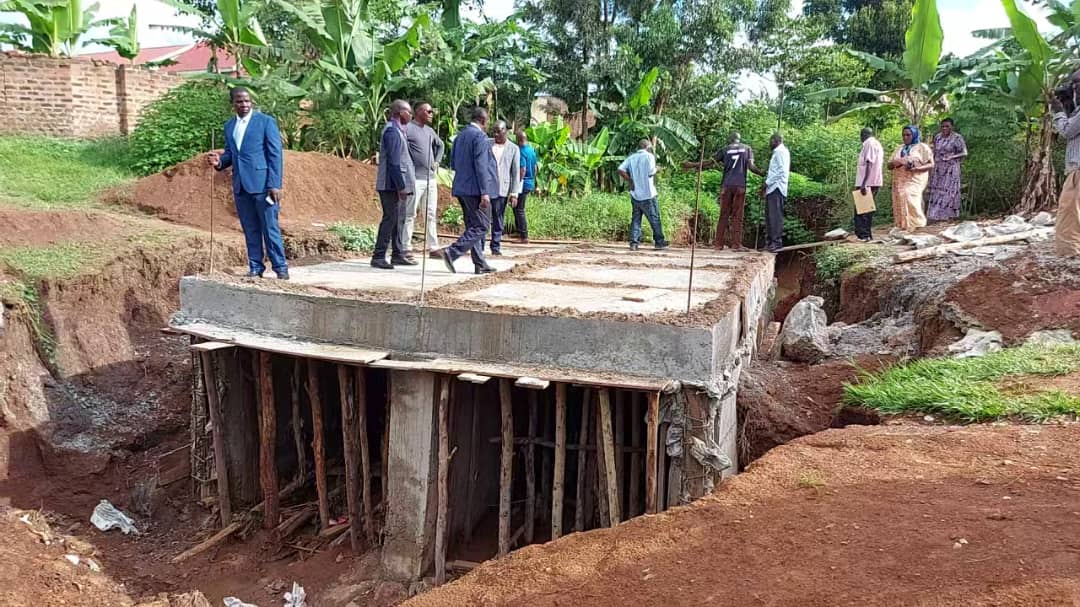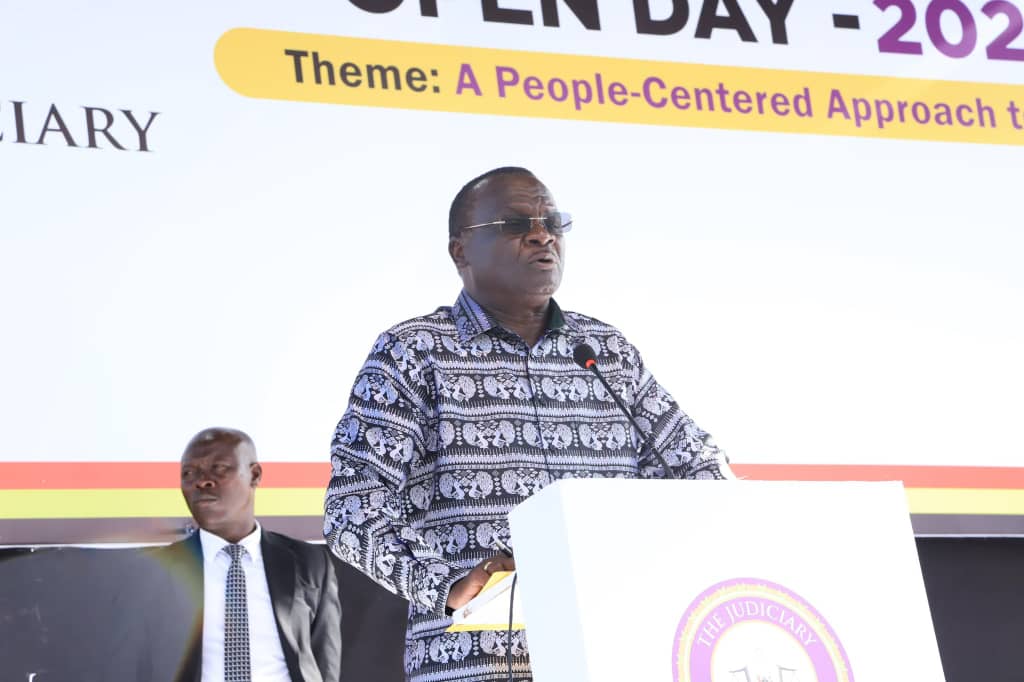Opinion: Can Uganda’s railway lines be saved?
"According to the New Vision, the Minister of Works, Hon. Byamukama is reported to be puzzled and querying the Police as to how the confiscated railway sleepers worth a whopping $1mn (Shs. 3.7bn) that was deposited with Police for safe custody went missing!"
By Edward Kafufu Baliddawa
 The author Edward Kafufu Balidawa
The author Edward Kafufu Balidawa
When the Imperial colonialists built the East African Railway, they had one primary goal of using it to evacuate the raw materials that were badly needed in Europe for their industrialization drive and the growth of their economies. They embarked on dreading the treacherous terrain of East Africa and in 1901, the rail line reached Kisumu. Uganda’s line from Malaba to Kampala was completed in 1931. Subsequently extension of the line to Kasese and other parts of the country took place over years as demand and discovery of various industrial raw materials became available. Along the years, the Uganda railway did not only serve to evacuate raw materials for the industries of the country in Jinja, but also the rail transportation became a major boost to trade and tourism in the country.
At the advent of the Government’s policy of privatization, some 20 years ago, Uganda boasted of having a total of 1,918km of railway line. Unfortunately, currently only 400km of rail are functional. It is estimated that the country has over time incurred a loss of over $1bn (Shs. 3.7trn) in stolen railway materials. The 400km railway line of Busoga and in Kasese have been completely uprooted and the land taken over by people who have settled on it. It is also reported that the Kampala – Port bell line has suffered a similar fate. Under the concession to Rift Valley management, the line was vandalized immensely under their watch. In order to resuscitate the line, Government spent $10mn (Shs. 37bn) on its rehabilitation, but that didn’t yield much as the line was again vandalized and made unusable.
It is clear that vandalism on the Uganda railway line has been triggered and exacerbated by the mushrooming of scrap metal smelting factories who seek after the railway sleepers and other metallic components of the rail line as raw materials for manufacturing steel products.
We continue to read of media reports of accounts of interception and retrieval of railway materials from scrap factories particularly along Kampala – Iganga stretch. What is most worrying though, are reports that most of such material exhibits that are deposited with the various Police Stations for safe custody after the operations and confiscation of the same by the Railway authorities somehow find themselves in the furnaces of the scrap smelting factories.
According to the New Vision story of 21st July 2021, page 32, the Minister of Works, Hon. Byamukama is reported to be puzzled and querying the Police as to how the confiscated railway sleepers worth a whopping $1mn (Shs. 3.7bn) that was deposited with Police for safe custody went missing!
Of course, this is not the first time such a miserable situation has happened. Reports have been around for sometime pointing to the connivance of employees of the Uganda Railway Corporation together with well placed people in conjunction with the security agencies in the vandalism of the railway lines.
It is now becoming clear that as long as the scrap metal factories are in operations and are need of cheap and readily locally available raw materials, the vandalism of the country’s critical infrastructure will not be limited to the railway lines only, but gradually will and has indeed extended to the road furnishings, bridges and any other available public metallic materials.
It is reported that Uganda imports 500,000 tones while it exports 200,000 tons of iron and steel products annually. The implication of these figures is that undoubtedly, there is a huge trade deficit for Uganda in this area and ways must be devised in order to reduce this deficit.
The above situation points to the need for government to quickly and decisively embark on the exploitation of the country’s huge deposits of iron ore and the establishment of an iron and steel smelting factory that will be able to supply the country’s needs for iron and steel.
By reducing its current heavy dependency on the foreign imports of iron and steel products, the country will not only be reducing its trade deficit in this area, but it will also be critically addressing the short supply of iron and steel raw materials for the various metal smelting factories across the country, thereby reducing on the current ongoing vandalism of the country’s critical and strategic infrastructure.
Developing our own iron and steel industry is the only way that we can hope to have our railway lines, bridges, ports, ferries and dams protected from vandalism.
In its extensive research titled “The Prospects of Uganda’s Iron Ore Deposits in Developing the iron and steel industry in Uganda” conducted by the National Planning Authority revealed that high grade hematite ore exists in South Western Uganda with known grades ranging from 55% to 68% Fe. It was also found out that these are typical grades required for production of quality iron for the subsequent production of quality steel products. The reserves indicated, if confirmed, are enough to support an iron and steel production value chain in the country.
According to Mr. Francis Natukunda a Geologist from the Department of Geology and Surveys in Entebbe, Uganda has over 200 million tones reserves of hematite iron ore in the Southwestern parts Uganda and 60 million tones of magnetite iron ore in the Southeastern parts of the country around Tororo. Mr. Zachary Baguma an Energy Commissioner in the Ministry of Minerals and Natural Recourse observed that “despite the existence of such huge quantities of iron ore deposits, the country hasn’t developed its steel industry and has not established an iron ore smelting plant”.
However, the researchers of NPA have a caution to sound out to government. They contend thatanalysis of the available literature does not show evidence that internationally recognized procedure for ore quantification was followed in order to arrive at the reported iron ore reserves. In their report, NPA therefore encourages government to consider the exploration of the deposits as a national agenda and therefore invest to fully evaluate the deposits and delineate a mineral resource that can be used to plan the path the iron and steel value chain development should take.
It is now clear that immediate and decisive action by government in regard to the exploitation of this country’s valuable resource is more needed now than ever. According to NPA’s Chairperson, Prof. Pamela Kasabati Mbabazi, iron and steel are the backbone of the industrialization agenda of Uganda on which the Uganda’s Vision 2040 is anchored.
So any continued procrastination in developing this industry, shall be in effect undermining and making it rather difficult to achieve the aspirations of vision 2040.













